The Ga Symbols of Ghana
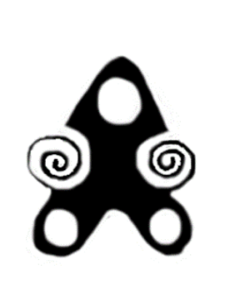 If you’ve been following this blog or reading the Atlas of Endangered Alphabets, you’ll be well aware of the Adinkra symbols of Ghana.
If you’ve been following this blog or reading the Atlas of Endangered Alphabets, you’ll be well aware of the Adinkra symbols of Ghana.
Nearby, though, there is another and much less well-known set of symbols. Darius Adjong has been researching them for a guest column for the Endangered Alphabets. He writes:
Like the Adinkra symbols of Akans, Gã Samai (literally, Gã symbols) are pictograms which embody a great wealth of knowledge about the rich tradition and culture of the Gãs of Ghana.
Little is, however, known about these symbols, and, in fact, many of the Gã-Dangme people are unaware of their existence. This is not surprising, as the linguistic landscape of Accra (the major Gã-speaking area and Ghana’s capital) has undergone considerable changes over the past few decades. Accra, today, is one of the heavily multilingual cities on the African continent, with inhabitants of diverse cultural backgrounds from within and outside Ghana. Being the seat of government and the largest business hub of Ghana, Accra continues to attract foreigners, particularly from neighboring African countries like Burkina Faso, Togo, Ivory Coast, Benin and Nigeria, many of whom have acquired permanent residence and formed speech communities.
Indeed, rapid urbanisation and globalisation have put several aspects of Gã linguistic tradition and culture at risk, the Samai being one them. The central parts of Accra are a boiling point of cultures with Akan (a lingua franca spoken by about 70% of Ghana’s population), as well as English, being widely used for business and trading activities. Newly-created urban communities are largely owned by non-indigenes who do not speak Ga. Some Gã families, however, are plurilingual and switch between Gã and other codes regularly at home; otherwise, the actual Ga speaking communities are mainly a few coastal communities (e.g. Bukum, Chorkor, Teshie, Labadi, Nungua), where sea fishing and fishmongering are the main occupation.
Lack of early written records on the Samai make it difficult to track their ancestry. Besides, the origin of the Gã people themselves still remains unclear: some traditionalists claim they have a Jewish descent, although several existing records suggest that they are early settler immigrants from Nigeria. Nonetheless, their contact with the Akans have influenced their language significantly; several Akan loanwords are found in the vocabulary of Ga. And the similarities between the Adinkra & Samai symbols suggest that Samai developed through their contact. Consider, for instance, the symbol Asrafoi (literally ‘military’). The Akan term for “military” is asrafoɔ, which confirms the existence of Akan loanwords in Gã and shows the extent to which vocabulary items in the two languages can be mutually intelligible. In fact, many people erroneously refer to the Samai as Adinkra and show little or no knowledge about the differences between the two peoples.
The Gã-Dangme have a wide variety of symbols/emblems. Some of these symbols are birds, animals, plants, and other living things (e.g., hen/cock, eagle, dove, lion, pineapple, chameleon, deer, elephant, tortoise, snail, etc.) as well as everyday objects. The proverbial meanings associated with these creatures denote positive values, and, when expressed, admonish the Gã-Dangme to cultivate such values. Individual Gã-Dangme communities have slogans usually associated with animals’ traits worth emulating. Here is a selection:
| Symbol | Name & Relation | Proverbial Meaning |
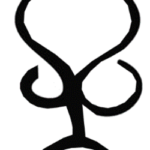 |
atoobi
relation: a tiny bird |
respect is due everyone regardless of the person’s appearance or present circumstances |
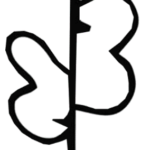 |
abui
relation: needle |
Self-control is necessary at all times; otherwise, we live to regret in future.
Link: A stitch in time saves nine |
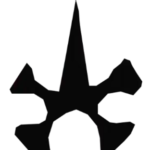 |
aspaaterε
relation: slippers |
All humans find themselves in different situations. Thus, everyone understands their own situation best. Self-awareness is essential for achieving one’s goals. |
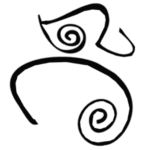 |
hiŋmεi sεε
relation: ‘eyebrow’ |
Personal development is essential, without which one fails in life.
NB: Full proverb compares the ‘eye-brow’ to the beard to denote “respect”. i.e. “Regardless of how long the beard grows, it cannot match the eye-brow in seniority” |
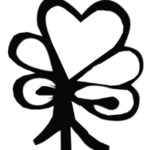 |
asrafoi
relation: army or military |
Vigilance and unity of purpose is crucial for success in life |
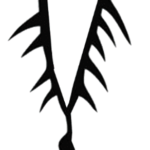 |
atswa
relation: a kind of rifle/gun |
Prevention is better than cure. It’s necessary to secure or protect your valuables, in order to save yourself the challenges you may encounter when you lose it.
Link: a stitch in time saves nine |
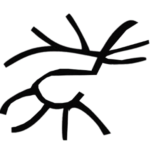 |
asamankama
relation: thorny medicinal plant |
Be cautious of the company you keep, for none is to be trusted wholeheartedly |
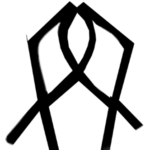 |
abobonua
relation: a tiny braggart bird |
Boastfulness can lead to disappointments. A person therefore needs to exercise restraint when talking about his capabilities. |
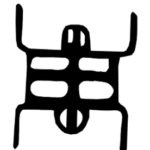 |
akpokpolonto
relation: tortoise |
Patience and peace are indispensable for human existence |
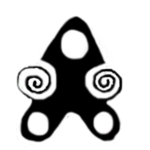 |
akromadio
relation: nations are interdependent |
No one is the repository of knowledge or self-sufficient; we have our unique capabilities and depend on others whenever necessary. |
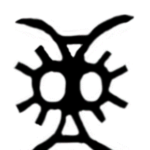 |
adashi | Appreciation is of great essence |
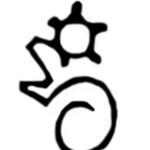 |
ashinɔ
relation: beads |
Togetherness or unity |
|
|
Abii woo ni ahε nu
literal: one who asks for water does not get honey |
Optimism and right attitude are essential qualities for success in life |
 |
wisdom/intelligence | The deer represents the entire Gã-Dangme kingdom and the elephant is symbolic of all other existing nations. It means wisdom/intelligence is crucial for governance or have dominion. |
A selection of Ga Samai symbols. A more complete list will appear in the Atlas of Endangered Alphabets.
Unlike Adinkra symbols, which are visible in different forms of print, fabric design, and ornaments, Samai enjoys rather little prestige: the traditional wisdom embodied in all the proverbial symbols is clearly not being transmitted to the younger generation as much as it might. It it is difficult to determine or find the complete set of Gã Samai, and there’s reason to believe that many of them have vanished. Gã Samai are not common to see on the Ghanaian landscape, not even in the parts of Accra where most Gã-Dangme live. The fisherfolk who once painted these symbols on their wooden canoes seem to have completely drifted away from this practice over the past decades. A few items of jewelry and other decorative ornaments with these Samai designs exist on the market, but they are usually mixed up with Adinkra-design ornaments, and most traders in this business are unaware some of these ornaments are of Gã-Dangme descent.
The need to safeguard Ga Samai as well as other symbols alike, and transfer their rich concepts, sayings and proverbs to younger generations is evident and urgent. These symbols transcend language barriers and portray the beauty of linguistic diversity at the same time.
Two very recent developments are worth mentioning: the manufacturing of Samai-symbol key holders, gold-plated brass pendants (usually with hydraulic press), and the designing of printed Samai symbols into T-shirts. (Projects about preservation and promotion of cultural heritage have also brought about paintings of the Samai on clay pots and other ceramics.)
Beyond these, one may find these symbols in traditional African prints worn during highly recognized ceremonies like funerals and festivals. Being the custodians of the land, the Gã traditional council have continued to preserve these symbols, displaying carvings and paintings of these symbols in and around their palaces.
The fact that the Gã language itself, together with its rich traditional wisdom, has lost some prestige is not only evident from its restricted domains of use. Interest in teaching and learning the language has dwindled recently; in fact, some basic schools have intended to scrap the subject from their curricula due to teacher unavailability. In response to this, scholarship incentives have been introduced in colleges of education in order to motivate potential teachers to train in the subject.
A few people, particularly the older generation who are not overcome by globalization but have interest in the rich intangible cultural heritage of the Gã-Dangme, may find discussions about Gã Samai in the news media. A significant effort made to preserve Gã cultural values was the establishment of Obonu radio station in 2002 by the state broadcaster, Ghana Broadcasting Corporation. A decade or so later, the broadcaster added a TV channel (Obonu TV), all in its bid to promote the traditional cultural values of the Gã-Dangme. Some social media channels established by interest groups to promote a similar course have also sprung up recently. Hopefully, these social media channels will help transmit the rich traditional wisdom of Samai symbols to the younger generation; otherwise, it is difficult to tell how the symbols with their knowledge can survive in the next decade.
–Darius Adjong
This post is sponsored by our friends at Typotheque, Rosetta, and Solidarity of Unbridled Labour.

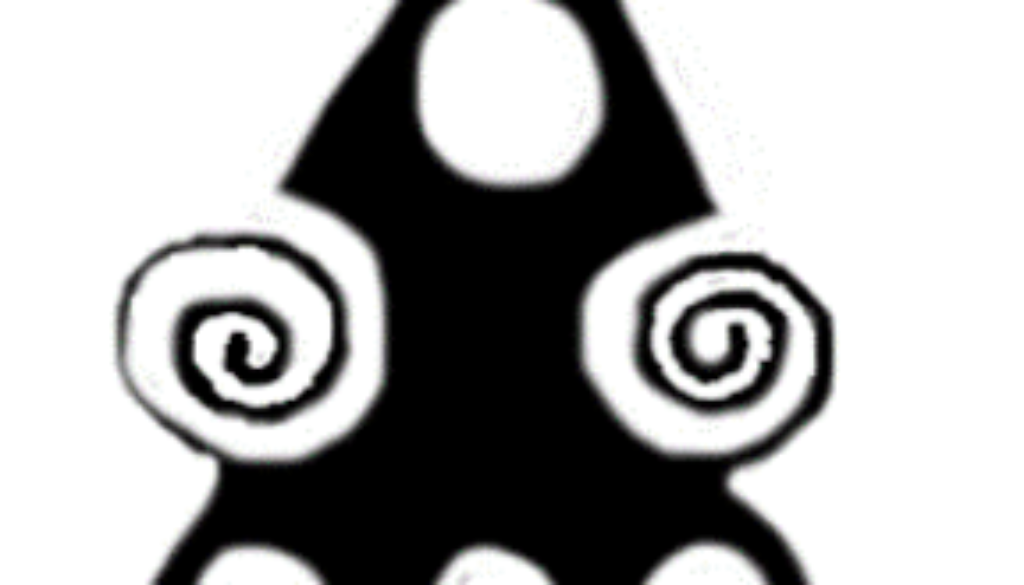
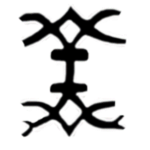
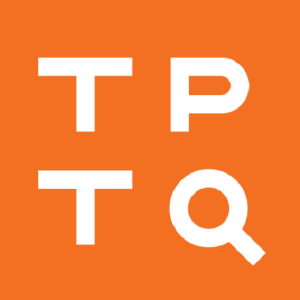
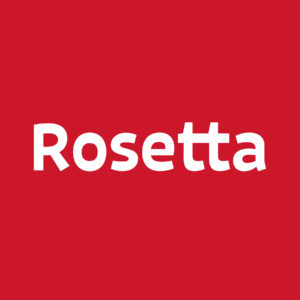

May 24, 2023 @ 2:41 am
Very interesting, informative and yet sad and disturbing narrative. It behoves us Ga indigenes to do all within our power to preserve and pass on our rich heritage to the next generation. We need to be deliberately intentional and focused in carrying this out otherwise we will fizzle out into oblivion in the next few decades!